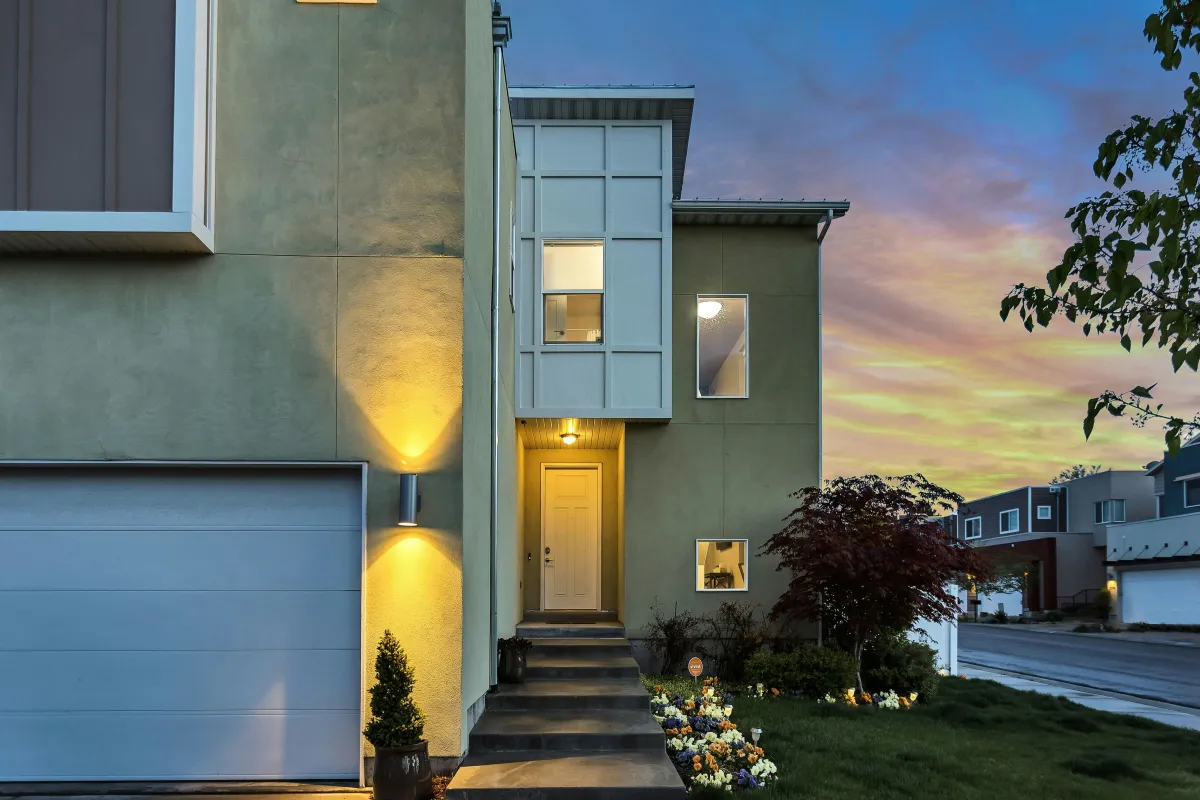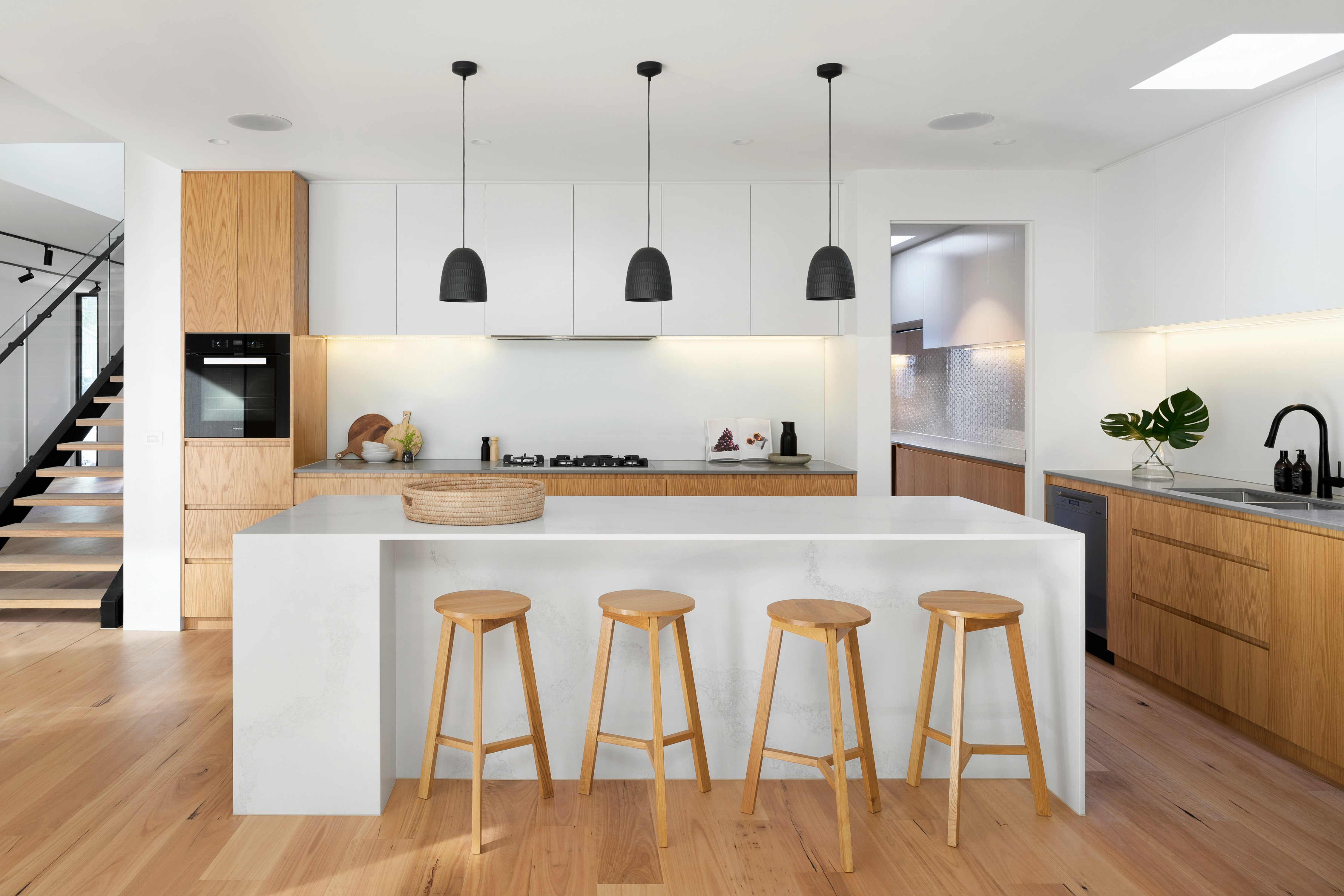
Bespoke vs. Standard Home Design: Which Is Better?
Choosing between bespoke and standard home design can be challenging for many homeowners. Each option has its unique advantages, but understanding which best fits personal needs is key. This article will explore the features of bespoke home design services, compare them with standard options, and assess cost differences. Readers will gain insights on how custom home building can enhance architecture and customer satisfaction, while also learning about how interior design services contribute to creating the perfect concept for their homes. This content aims to help homeowners make informed decisions that align with their goals.
Key Takeaways
Bespoke home design offers personalized solutions tailored to individual homeowner needs and preferences.
Professional designers play a vital role in ensuring functional and comfortable living spaces.
Standard home designs provide cost-effective options but lack customization and uniqueness.
Custom designs enhance both aesthetics and functionality, creating a more satisfying living environment.
Understanding costs and benefits helps homeowners make informed decisions between bespoke and standard options.
Defining Bespoke Home Design Services

Bespoke home design services focus on creating unique spaces tailored to individual lifestyles. Key features include personalized interior design, custom construction solutions, and detailed 3D rendering. Professional designers play an essential role in this process, ensuring that each client's needs and preferences are fully integrated into the final design. This approach sets bespoke services apart from standard options.
Understanding the Concept of Bespoke Design
Bespoke design services focus on creating a custom home that reflects the individual needs and preferences of each client. This process often starts with a detailed floor plan tailored to lifestyle requirements, ensuring that every room serves a purpose. Additionally, the choice of lighting plays a significant role in the overall atmosphere of the space, enhancing functionality and aesthetic appeal, making it essential for homeowners to consider their unique vision when creating a bespoke environment.
Key Features of Bespoke Home Design
Bespoke home design features a range of essential elements that prioritize individuality and functionality. Custom floor plans reflect the specific lifestyle of the homeowner, ensuring every room meets their unique needs. Personalized choices in materials, colors, and layouts create a harmonious environment that truly feels like home, setting bespoke design apart from standard approaches.
Tailoring Designs to Individual Lifestyles
Tailoring designs to individual lifestyles is a crucial aspect of bespoke home design services. This process ensures that the specific needs and preferences of the homeowner are fully integrated into every element of the home. For example, a family with young children may prioritize open spaces for play, while someone who works from home might need a dedicated office area. Understanding these unique requirements helps in creating a space that is functional and comfortable for the homeowner.
Identifying homeowner needs and preferences.
Creating functional layouts that enhance daily living.
Incorporating personalized elements, such as colors and materials.
Ensuring comfort and practicality for all family members.
The Role of Professional Designers in Bespoke Services
Professional designers play a vital role in bespoke home design services. They closely collaborate with clients to fully understand their needs and preferences, ensuring that each space is uniquely crafted for the homeowner's lifestyle. These experts bring a wealth of experience and knowledge, helping to make informed choices about materials, layouts, and lighting that enhance both function and aesthetics in the home.
Evaluating Standard Home Design Options

Standard home design solutions offer a practical approach for many homeowners seeking ready-made layouts. They provide advantages such as affordability, quick project timelines, and established layouts that may meet common needs. However, limitations include a lack of personalization and potential compromises on functionality. Understanding cost implications is vital, as standard designs can vary widely in pricing based on features and materials.
Overview of Standard Home Design Solutions
Standard home design solutions offer homeowners a chance to choose from established layouts that are often more affordable and quicker to implement. These pre-designed options can meet the immediate needs of many individuals and families by providing practical spaces without the wait associated with custom builds. However, while standard designs can be appealing for their straightforwardness, they may fall short in providing the uniqueness and personal touch that a bespoke design can offer, making it essential to thoughtfully evaluate one's requirements before making a decision:
Affordable and quick-to-implement layouts.
Practical options for immediate needs.
Established designs that serve common preferences.
Potential lack of personalization and unique features.
Alternatives that may not fit all functional requirements.
Advantages of Opting for Standard Designs
Opting for standard home designs provides clear benefits to homeowners seeking efficiency and cost-effectiveness. These designs typically come with established layouts that can suit common preferences, making them a practical choice for many families. As a result, individuals can save both time and money while acquiring a functional living space without the complexities of a custom build. Considering these advantages, it is important to weigh the following points:
Affordable and quick-to-implement layouts.
Practical options for immediate needs.
Established designs that serve common preferences.
Potential lack of personalization and unique features.
Alternatives that may not fit all functional requirements.
Limitations and Potential Drawbacks of Standard Options
Standard home design options, while practical, come with limitations that can affect homeowner satisfaction. Many of these designs lack personalization, resulting in spaces that may not fully cater to individual needs or preferences. For example, a family with specific requirements for room functionality could find that standard layouts force them to compromise on essential features, making their home less comfortable and efficient for daily living.
Cost Implications of Standard Designs
The cost implications of standard home designs can significantly influence a homeowner's decision. These ready-made options often offer a lower initial price point compared to bespoke solutions, making them appealing for those on a budget. However, buyers should consider potential additional expenses, such as renovations or modifications needed to meet specific lifestyle requirements, which can offset the initial savings.
Comparing Custom Solutions With Standard Options

Custom home designs offer unique benefits that cater specifically to homeowner needs, such as personalized layouts and aesthetic choices that reflect individual tastes. Bespoke solutions not only provide adaptability and functionality but also enhance the overall appeal of a property. Additionally, understanding the impact of these designs on resale value and marketability can inform important decisions for future homeowners.
Unique Benefits of Custom Home Designs
Custom home designs provide homeowners with a tailored experience that standard options cannot match. These bespoke solutions allow for personalized layouts and finishes that align with individual tastes, ensuring each space reflects the homeowner's lifestyle. For instance, a family with young children might choose an open floor plan to facilitate play and movement, highlighting how custom designs enhance both functionality and comfort in unique ways.
Performance and Adaptability of Bespoke Solutions
Bespoke solutions excel in performance and adaptability, offering homeowners the flexibility to create layouts and designs that meet their specific demands. Each aspect can be adjusted to enhance daily living, whether it's an open-plan kitchen for family gatherings or designated workspaces for those working remotely. This tailored approach ensures that every corner of the home supports the homeowner's lifestyle effectively:
Bespoke solutions provide tailored layouts that meet specific needs.
Flexibility in design enhances daily functionality.
Customization options include elements like open spaces or dedicated work areas.
Aesthetic Appeal in Bespoke Versus Standard Designs
The aesthetic appeal of bespoke home designs stands out when compared to standard options. Custom designs allow homeowners to select specific materials, colors, and layouts that resonate with their personal style, creating a unique environment that truly feels like home. This level of personalization enhances not only the beauty of the space but also its emotional connection for those living in it, addressing the desire for a living area that reflects individual taste and lifestyle.
Impact on Resale Value and Marketability
The impact of custom home designs on resale value and marketability can be significant. Buyers often appreciate unique features and layouts that cater to specific needs, making bespoke homes appealing in the market. In contrast, standard homes might satisfy general preferences but often lack the distinctiveness that can elevate their attractiveness and, ultimately, their resale potential.
Assessing the Cost of Bespoke Versus Standard Designs

Homeowners must understand the costs involved in bespoke and standard home designs. This section breaks down the expenses in bespoke home design, highlights the cost-effectiveness of standard options, and assesses the long-term value of custom solutions. Budgeting considerations will guide homeowners in making informed decisions about their design projects.
Breakdown of Costs in Bespoke Home Design
The costs associated with bespoke home design can vary widely based on individual preferences and project specifics. Custom features such as unique materials, tailored layouts, and expert professional guidance can lead to higher initial expenses compared to standard designs. Homeowners should consider these costs carefully, as investing in a bespoke design often results in a space that truly meets their needs and reflects their lifestyle:
Cost-Effectiveness of Standard Options
Standard home design options often offer a more cost-effective solution for homeowners looking for budget-friendly choices. These pre-designed layouts usually come at a lower price compared to bespoke designs, making them appealing to those who want to avoid high initial expenses. Homeowners can quickly implement standard designs to move into a functional living space without the lengthy waiting period associated with custom builds.
Long-Term Value Assessment of Custom Solutions
Investing in custom home designs often yields long-term value that standard designs may not provide. Bespoke solutions allow homeowners to create unique spaces that meet their specific needs, which can enhance comfort and functionality. Over time, these personalized features can improve the overall appeal of the property, making it more attractive to future buyers and potentially increasing resale value:
Budgeting Considerations for Home Design Projects
When budgeting for home design projects, it is essential to consider both initial costs and potential long-term expenses. Bespoke designs may come with higher upfront costs due to customizations and unique materials, while standard designs typically favor a lower price point. Homeowners should assess their financial situation, prioritize essential features, and consider how each option aligns with their lifestyle needs and future plans.
Making the Right Choice for Your Home

When choosing between bespoke and standard home design, several factors come into play. Identifying personal style and needs is crucial, as is consulting with design professionals who can provide valuable insights. This section covers these topics, helping homeowners weigh their options carefully and make informed decisions about bespoke design that will suit their lifestyle.
Factors to Consider When Selecting Between Bespoke and Standard
When choosing between bespoke and standard home design, homeowners should consider their needs and lifestyle. Understanding how each option aligns with their vision can significantly impact satisfaction with their living space. For instance, a family-focused on flexibility and customization may find bespoke designs more suitable, while others seeking affordability and quick implementation might prefer standard layouts.
Identifying Your Personal Style and Needs
Identifying personal style and needs is a critical step for homeowners deciding between bespoke and standard design options. Homeowners should reflect on how their lifestyle influences their design preferences, considering aspects such as family dynamics, daily routines, and specific functional requirements. For example, a busy family may need open spaces for play and gathering, while an individual working from home may prioritize a quiet office area. Understanding these needs helps guide the decision when choosing the right home design.
Reflect on lifestyle influences.
Consider family dynamics and routines.
Identify specific functional requirements.
Consulting With Design Professionals
Consulting with design professionals is key for homeowners faced with the choice between bespoke and standard home designs. These experts offer tailored guidance based on individual preferences and lifestyle needs, ensuring the end result aligns with the homeowner's vision. For instance, a designer can help clarify the benefits of custom features versus ready-made options, empowering clients to make informed decisions that enhance their living environment:
Final Thoughts on Bespoke Design Decisions
Choosing between bespoke and standard home design ultimately depends on individual preferences and lifestyle needs. Bespoke designs offer a unique opportunity to create a space that fits the homeowner's specific requirements, while standard designs provide practical solutions for those seeking affordability and efficiency. Weighing the unique features of bespoke options against the practicality of standard choices can guide homeowners in making an informed decision about their ideal living environment.
Conclusion
Choosing between bespoke and standard home design significantly impacts a homeowner's living experience. Bespoke designs offer tailored solutions that reflect personal lifestyles, maximizing comfort and functionality. In contrast, standard options provide quick and affordable layouts but may lack the unique qualities many seek. Ultimately, understanding one’s needs and preferences is crucial in making an informed decision that creates a true sense of home.


